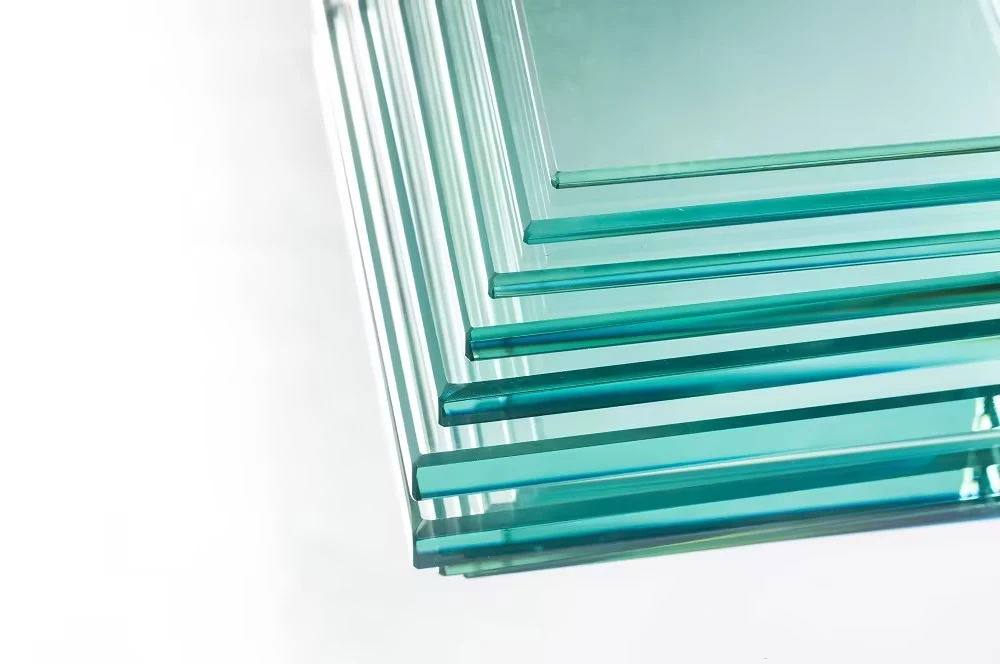

The Versatility and Aesthetics of Float Glass Mirrors
Float glass mirrors have become a popular choice in modern interior design and architecture, combining both functionality and aesthetic appeal. The process of creating float glass involves melting raw materials, primarily silica, soda, and limestone, and then floating the molten glass on a layer of molten tin. This unique method produces a perfectly smooth and uniform surface, which is critical for the mirror's reflective properties. The result is a high-quality glass that has minimal distortion, making it an ideal choice for mirrors.
One of the primary advantages of float glass mirrors is their clarity. Unlike other types of glass, float glass mirrors provide a true reflection, making them an essential element in homes, businesses, and public spaces. Their exceptional quality allows them to be used in various applications, from bathroom mirrors to expansive wall installations in art galleries or commercial environments. This clarity is particularly important in settings where detail matters, such as in dressing rooms or beauty salons, where precision in self-image is crucial.
In addition to clarity, float glass mirrors offer exceptional durability. The thickness and composition of float glass make it resistant to scratches and breakage. Many manufacturers also apply protective coatings to enhance the mirror's longevity and resistance to environmental factors. This makes float glass mirrors a practical investment for those looking for longevity without compromising style. Their resistance to tarnishing and corrosion means that they maintain their reflective quality even in humid conditions, making them a favorite for bathroom and spa settings.

Aesthetically, float glass mirrors can transform a space dramatically. They can create the illusion of a larger area, making rooms feel open and airy. By strategically placing mirrors in a design, light can be amplified and dispersed, enhancing the natural brightness of a room. Designers often utilize float glass mirrors to reflect beautiful views or artwork, adding depth and interest to the overall atmosphere. The versatility in size and shape, from traditional rectangular designs to modern geometric forms, allows for endless possibilities in décor.
Moreover, float glass mirrors come in various finishes, including silver, bronze, and even tinted versions, allowing consumers to choose products that align with their interior color schemes and personal styles. From ultra-modern apartments to classic homes, float glass mirrors can adapt to suit any design theme, making them an invaluable tool in contemporary decor.
In conclusion, float glass mirrors are much more than mere reflective surfaces; they are essential design elements that enhance the functionality and beauty of spaces. Their clarity, durability, and aesthetic versatility make them a favored choice among homeowners and designers alike. Whether used to create an illusion of space, reflect natural light, or simply add elegance, float glass mirrors serve myriad purposes, embodying both practicality and style in modern interiors. As trends evolve, float glass mirrors will undoubtedly continue to be a staple in the world of design, offering reflections that inspire and captivate.